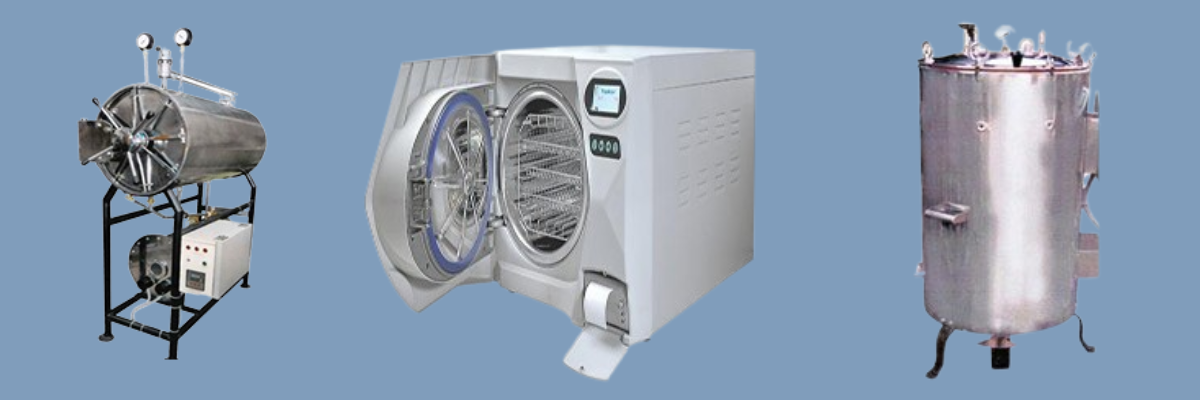The Critical Role of Central Sterilization in Hospital Wards

The Critical Role of Central Sterilization in Hospital Wards, every component plays a pivotal role in safeguarding patient well-being and ensuring the efficient functioning of clinical settings. Among these components, central sterilization stands out as a cornerstone of infection control and patient safety within hospital wards. The process of sterilization is a multi-faceted operation that is essential for the prevention of healthcare-associated infections (HAIs) and the promotion of a safe environment for both patients and healthcare providers.
Understanding Central Sterilization
Central sterilization refers to the centralized processes involved in cleaning, disinfecting, and sterilizing medical instruments and devices used across multiple departments in a healthcare facility. This critical function is typically carried out in a dedicated sterile processing department (SPD), where trained personnel follow stringent protocols to ensure that all reusable medical instruments meet regulatory standards for sterility.
The Key Processes in Central Sterilization
- Cleaning:Before any sterilization can take place, medical instruments must be thoroughly cleaned to remove any organic material or bioburden. This step often employs automated washers and manual scrubbing to ensure all surfaces are free of contaminants.
- Disinfection:Following the cleaning process, instruments are often subjected to high-level disinfection to eliminate most pathogenic organisms. This step is vital, especially for semi-critical items that come into contact with mucous membranes.
- Sterilization:The final step in central sterilization is the actual sterilization process, which can be achieved through various means, including steam autoclaving, ethylene oxide gas, or other advanced technologies like vaporized hydrogen peroxide. This ensures that all living microorganisms, including spores, are effectively eradicated.
- Storage:After sterilization, instruments must be stored in a manner that maintains their sterility until they are needed for patient care.
The Importance of Central Sterilization in Hospital Wards
- Infection Prevention
One of the most pressing concerns in healthcare is the occurrence of HAIs, which are responsible for significant morbidity and mortality rates worldwide. Proper sterilization of instruments reduces the risk of these infections, thereby promoting better patient outcomes and reducing the length of hospital stays.
- Patient Safety
The primary mission of any healthcare facility is to provide the highest level of care. Ensuring that all instruments are sterile helps protect patients from unnecessary complications and reinforces the trust placed in healthcare providers.
- Operational Efficiency
Central sterilization contributes to the efficiency of hospital operations. By centralizing the sterilization process, hospitals can streamline workflows, minimize redundancies, and optimize the use of resources. This leads to quicker turnaround times for surgical instruments and faster response times in treating patients.
- Regulatory Compliance
Healthcare facilities are required to comply with stringent regulations regarding sterilization practices. Centralized sterilization helps ensure adherence to these standards set forth by organizations like the Centers for Disease Control and Prevention (CDC) and the Joint Commission, thereby avoiding potential fines and enhancing the facility’s reputation.
- Resource Management
By maintaining a centralized sterilization unit, facilities can manage their inventory of surgical instruments more effectively. This includes tracking sterilization cycles, scheduling routine maintenance, and ensuring that instruments are available when needed, all of which contribute to better resource allocation and cost-effectiveness.
Conclusion
Central sterilization is an indispensable element of hospital wards, playing a critical role in infection control, patient safety, and operational efficiency. As healthcare evolves, so too must our approach to sterilization. By prioritizing this vital function and investing in the necessary resources and training, healthcare facilities can create safer environments for patients and ensure the highest standards of care. In a world where patient safety is paramount, central sterilization stands as a robust safeguard, underpinning the very foundation of healthcare excellence.







